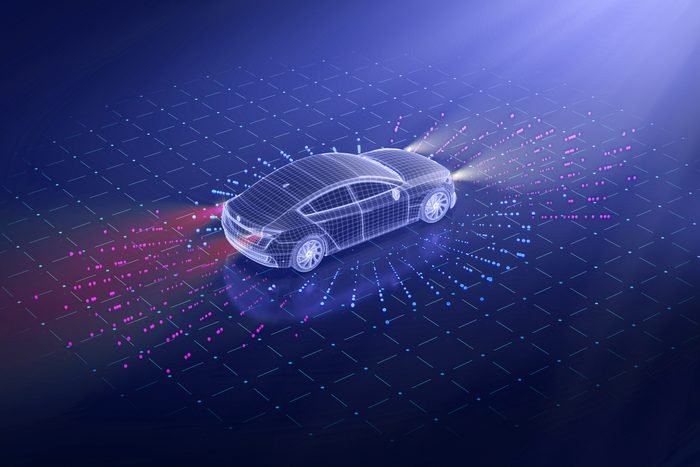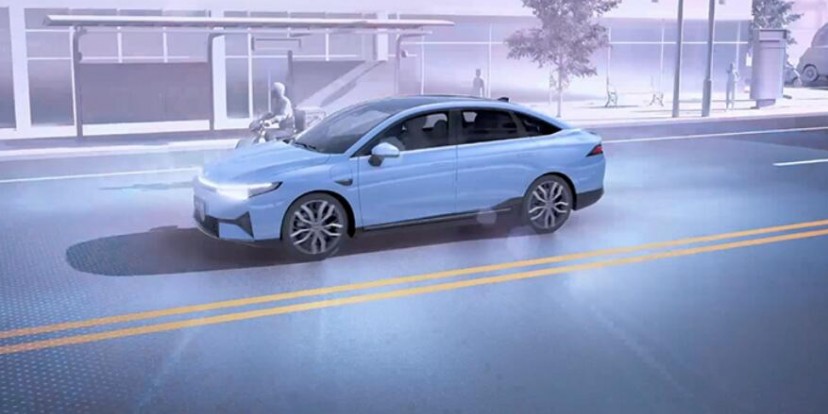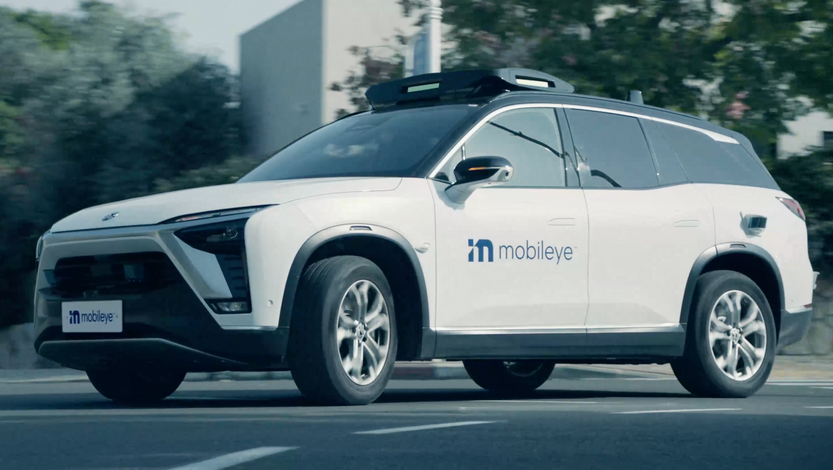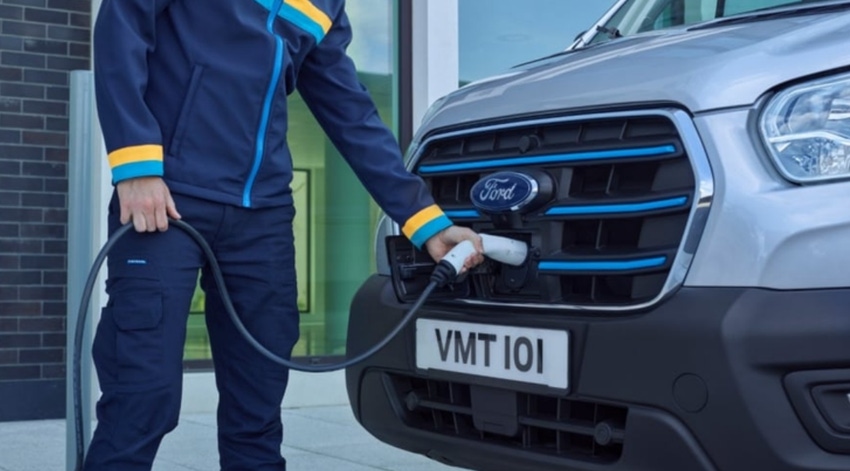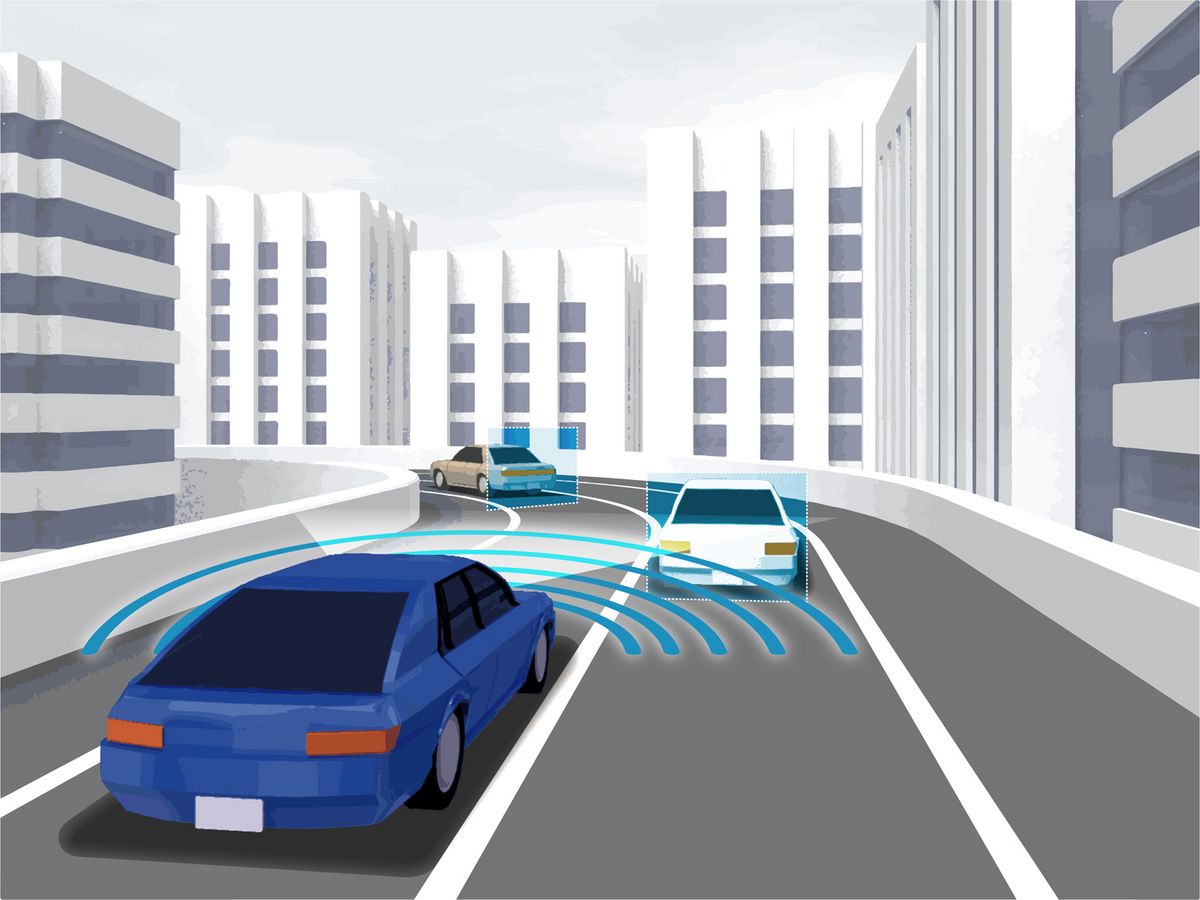The rise of autonomous driving technology has generated much excitement, but also significant concerns about safety. One key challenge is how to enable self-driving vehicles to handle unfamiliar situations that they have not been trained for. Now, a research team from Tsinghua University has made a breakthrough in autonomous driving, developing a technology that allows vehicles to self-learn while driving, potentially resolving this safety concern.
The newly-proposed technology enables continuous performance improvements in cars using the data collected during autonomous driving. Unlike conventional methods, which require lengthy training in various driving scenarios in advance, this approach allows cars to learn in new situations as they arise. This means that as driving mileage and data volume increase, performance is continuously improved, without the need for extensive prior training.
See also: Baidu Secures Permit to Launch Fully Autonomous Ride-Hailing Service in Beijing
Conventional self-driving technology relies on an algorithm with more data collected through lengthy trainings in possible driving scenarios, whereby the car has a preset response plan in case of emergency. However, this can lead to a lack of responsiveness in unfamiliar situations, posing a risk to driving safety. The new technology developed by the Tsinghua team overcomes this limitation by allowing vehicles to learn from the data they collect in real-time.
The research team evaluated the technology through simulations and road tests, and the results were promising. The cars were able to learn in new situations, and their performance continuously improved as driving mileage and data volume increased. Cao Zhong, a team member from Tsinghua University, said, “This technology represents a major step forward in the development of autonomous driving technology, and we are excited about its potential to improve safety on the roads.”
The technology was even applied in vehicles at the 2022 Beijing Winter Olympics, according to Yang Diange, the team leader. However, the team is planning further verification on a larger scale, with multiple scenarios, to fully validate the technology’s safety and effectiveness.

